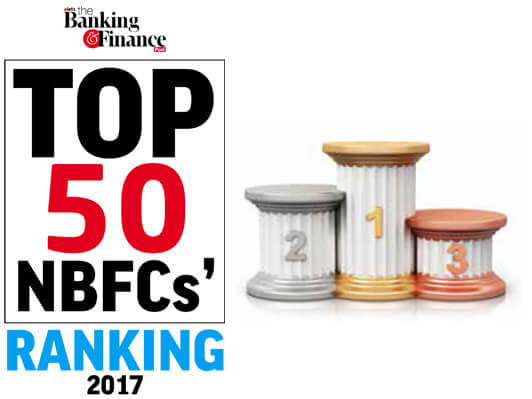There has been a renewed focus on how we store and protect our most precious possessions. With gold prices touching historic highs and investors increasingly turning to physical assets for wealth security, the humble bank locker has found itself at the centre of both regulatory updates and renewed public interest.
The Reserve Bank of India’s revised guidelines on locker operations come at a time when the very nature of what we store, and why we store it, is shifting. While lockers have traditionally been associated with the safekeeping of family heirlooms, important documents, and ceremonial jewellery, the rising economic uncertainty and a generational tilt toward tangible value are pushing more households to consider lockers as strategic vaults for wealth preservation.
The surge in gold prices, driven by global inflationary trends, geopolitical tensions, and currency fluctuations, has made gold not just a cultural foundation, but a dynamic financial instrument. Increasingly, families and individuals are purchasing higher quantities of gold jewellery, often during auspicious periods and festive seasons like Akshaya Tritiya, Dhanteras or for lifecycle milestones. This is not just for tradition but with a conscious view toward asset diversification. Naturally, this has placed added emphasis on secure, regulated storage, where the bank locker steps back into relevance.
However, relevance must be matched by responsibility, and that is precisely what the RBI’s new locker norms aim to ensure. The updated framework mandates clearer agreements, prohibits the storage of unlawful or dangerous items, and reinforces customer protection through robust compensation mechanisms in the event of proven negligence. For users, this brings clarity what you can store, what you cannot, and under what circumstances liability will apply.
Of particular note is the emphasis on security and accountability. The revised norms now hold banks liable for lapses in security arising from acts of omission or even fraudulent actions by their employees. Compensation, pegged at up to 100 times the annual locker rent, is not just a deterrent against laxity, but also a signal that the customer’s trust is sacrosanct.
And yet, beyond regulations, a larger behavioural shift is worth reflecting on. As more people accumulate gold, they also seek to protect it with the same rigour with which they acquired it. The emotional and financial value of gold means that storage must not only be physically robust but also psychologically reassuring. It is not just about theft or loss, but about the assurance of integrity over time, a demand that will only grow as asset portfolios tilt further toward physical commodities.
At the same time, there is an emerging overlap between the gold loan ecosystem and locker usage. The RBI’s draft framework for gold loans seeks to standardise how jewellery is evaluated, stored, and returned a move that will likely build trust among borrowers while placing additional responsibility on financial institutions. Interestingly, this push for transparency and secure handling echoes the same themes seen in the locker guidelines: that of accountability, documentation, and safe custody. In many ways, these developments signal a systemic effort to treat stored value, whether in lockers or against loans, with the care it truly warrants.
Also Read :- Change Tether ERC20 (USDT) to Cash
For bank locker users, current or prospective, these regulatory changes offer both protection and perspective. Protection, because the rules are clearer, stricter, and more customer-centric. Perspective, because lockers are no longer static repositories of inheritance, they are dynamic components of a personal wealth management strategy. Whether one is safeguarding an investment in gold, the title deed of a home, or a priceless family memory, the modern locker user is discerning, informed, and rightfully demanding.
In this environment, institutions must move beyond offering mere storage to becoming enablers of trust. That trust, built on the dual pillars of physical security and regulatory transparency, will define the future of locker usage in India. As the financial landscape evolves, so too must our approach to what we value and how we protect it.
Views Expressed By: Pushkar Gokhale, Business Head – Security Solutions Business of Godrej Enterprises Group
Elets The Banking and Finance Post Magazine has carved out a niche for itself in the crowded market with exclusive & unique content. Get in-depth insights on trend-setting innovations & transformation in the BFSI sector. Best offers for Print + Digital issues! Subscribe here➔ www.eletsonline.com/subscription/




















